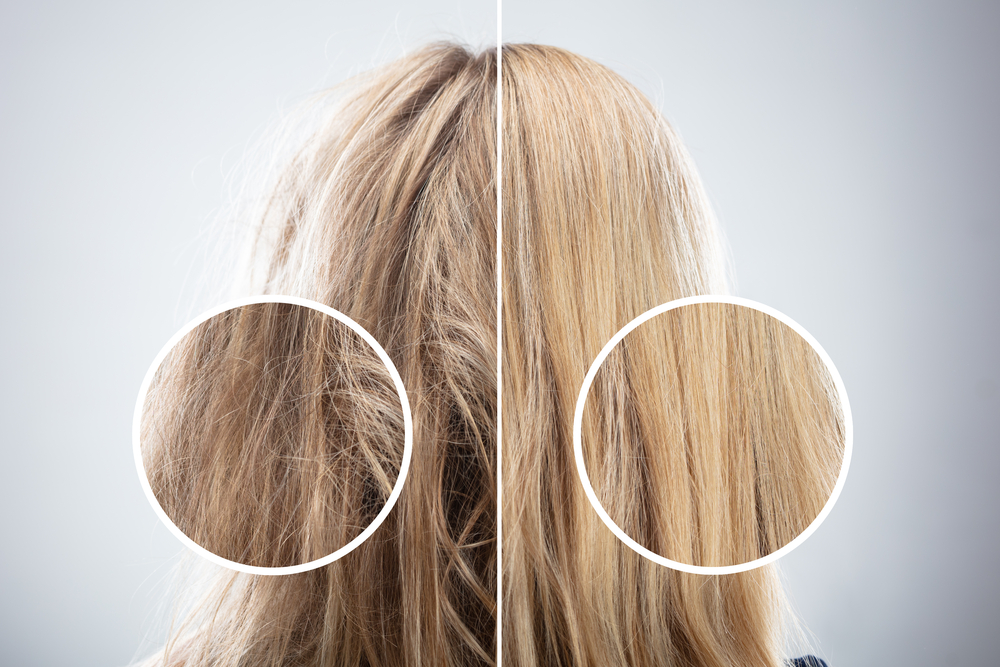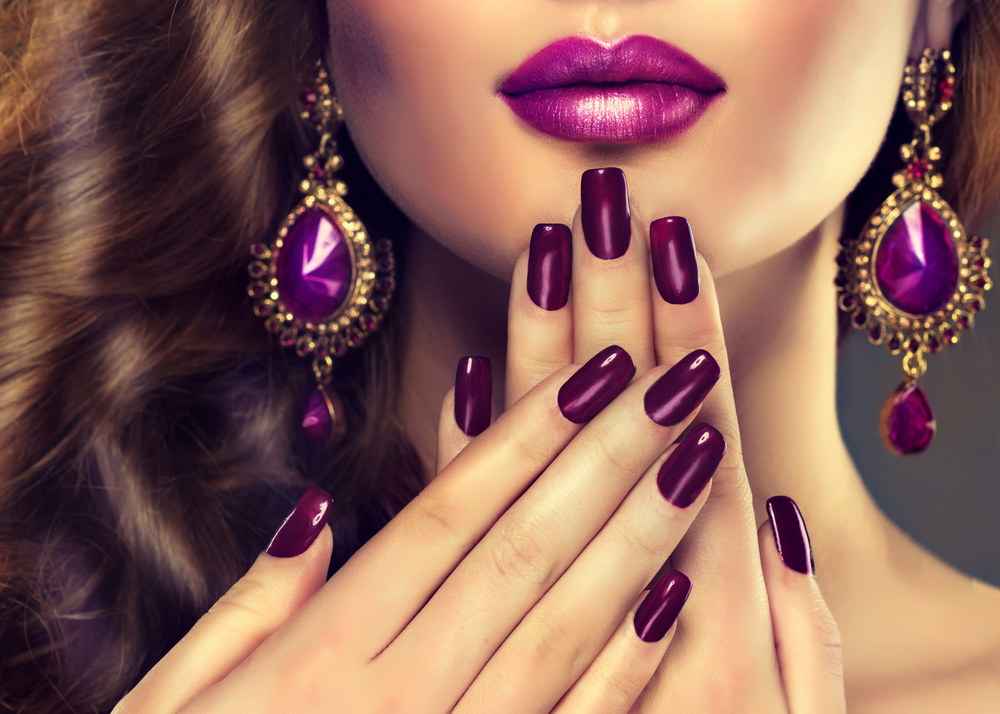
How to Repair Damaged Hair
What are my options?
Hair damage is more than just split ends. Extremely damaged hair develops cracks in the outside layer (cuticle). Once the cuticle lifts (opens), your hair is at risk for further damage and breakage. It may also look dull or frizzy and be difficult to manage.
So can you really go from dry, brittle hair to smooth, shiny locks? The answer isn’t always cut and dried. For the most part, hair damage is permanent because hair is actually a collection of dead cells, making them beyond repair.
The only real cure is time, a pair of shears, and taking steps to prevent new damage.
But don’t despair, with proper hair care and a few targeted treatments, you can help restore the outer cuticle and begin to improve the look and feel of your hair.
If you know where you went wrong
Sometimes it’s all too clear how you ended up with damaged hair. When used improperly, dye, bleach, and styling tools can do a number on your locks.
Keep reading to learn how to prevent further damage and smooth over your symptoms until you’re able to cut the damaged hair. You may need to “double dip” to meet all of your needs.
1. It’s from dye
Whether you went pastel, mermaid, or just tried to cover a few grays, dying your hair at home can have consequences that last longer than the color. Chemical dyes can remove your hair’s natural moisture, quickly making smooth hair coarse to the touch.
Unless your hair was light to begin with, you may also have had to bleach your hair before applying the dye (see “It’s from bleach” below for more on this).
How to limit further damage
Stay on shade. Experts recommend choosing a dye within three shades of your natural color and opting for shades that are darker rather than lighter to limit damage. Unnatural colors are more difficult to maintain and have to be touched up more frequently.
Dye less often. Extending the time between touch-ups can also help reduce damage. If possible, wait 8 to 10 weeks — or longer! — between dye jobs.
To make this more feasible:
- Wash your hair less frequently.
- Only use shampoos formulated for dyed hair.
- Rinse shampoo and conditioner with cool water. Hot water can cause the cuticle to open, or lift, allowing the dye to rinse out.
Go to a professional. Salons can be expensive, but coloring is often best left to the professionals. A professional colorist knows how to use the correct products to minimize damage.
Opt for semi- or demi-permanent. Treatments that permanently alter the hair can change the hair so aggressively that the only fix is to grow it out and start over.
Stick to one service at a time. If you want to chemically relax, straighten, or perm your hair, it’s best to do it at least two weeks before your hair color appointment. This gives your hair time to recover between treatments.
How to ease existing damage
Use olive oil. This common cooking oil is also extremely popular in hair care. Oils have been shownTrusted Source to help rehydrate the hair and smooth the cuticle. Olive oil, in particular, is said to help soften the hair and replenish much needed moisture.
It’s also easy to work with and relatively inexpensive. Just be sure to wait a few days post-coloring before you do an olive oil treatment.
Use color-safe shampoo and conditioner. These products are formulated with the proper pH to prevent the hair shaft from swelling and allowing the dye to leak out. Your color will last longer, and your hair will look and feel better.
Source: https://www.healthline.com/

